Vienna’s Most Popular Street Food Institution: the Würstelstand
Street food is on everyone’s lips nowadays. It’s easy to access, convenient, usually available around the clock, and we are pretty sure some fast food takeaway dishes have been your savior after a night of partying. When you think about street food, the first thing that comes to mind might be kebap, dürüm, falafel, or pizza, but as we are located in Vienna, we want to share an essential part of the Viennese identity with you: The Vienna sausage stand, or in German “Wiener Würstelstand”! Vienna’s sausage stands have been around for quite some time, so join us for a little journey into the history of these gems, the peculiar sausage stand language, as well as our personal recommendations for the best sausage stands in town!
Bratlbrater, Frankfurter, and Fast Food in the Middle Ages
Fast food has a pretty long tradition in Vienna, although it has not always been called that. As early as the Middle Ages, “Gar- oder Stadtköche” (city cooks) offered cheap hot meals (mostly sausages), which ensured at least one hot meal a day, also for the poorer classes.
From the 16th century onwards, their successors, the “Bratelbrater” (fryers) dominated the cityscape. They had portable stoves and offered various pieces of roasted or boiled meat in addition to the sausages. Same as with the city cooks, they ensured warm meals for the poorer Viennese population, as while many of them had a roof over their head, their apartments lacked a kitchen. The Viennese “fast food” was therefore their main source of nutrition, which with mustard or horseradish and a Viennese roll became truly a delectable meal. In the Austro-Hungarian Empire, the mobile stands of the “Bratelbrater” were mostly operated by war invalids to enable them to earn an income.
The offer of the “Bratelbrater” was already quite diverse back then and included bratwurst, Frankfurter sausage, liver sausage, bacon sausage, pressed sausage, smoked ham, and more. However, Frankfurter sausages, created by Johann Georg Lahner in 1805, proved to be particularly popular. Lahner’s novel “Frankfurters” consisted of fine sausage meat made from pork and beef and stuffed in sheep casings. The “fluffiness” and “easy digestibility” of the sausages was convincing. When Lahner died in 1845, his creation had been established all around Vienna with numerous prominent fans such as Johann Nestroy and Franz Grillparzer. Later, they were joined by the most famous Frankfurter fan of them all: No one less than Emperor Franz Joseph is said to have had a pair of frankfurters as his daily snack at the Hofburg!
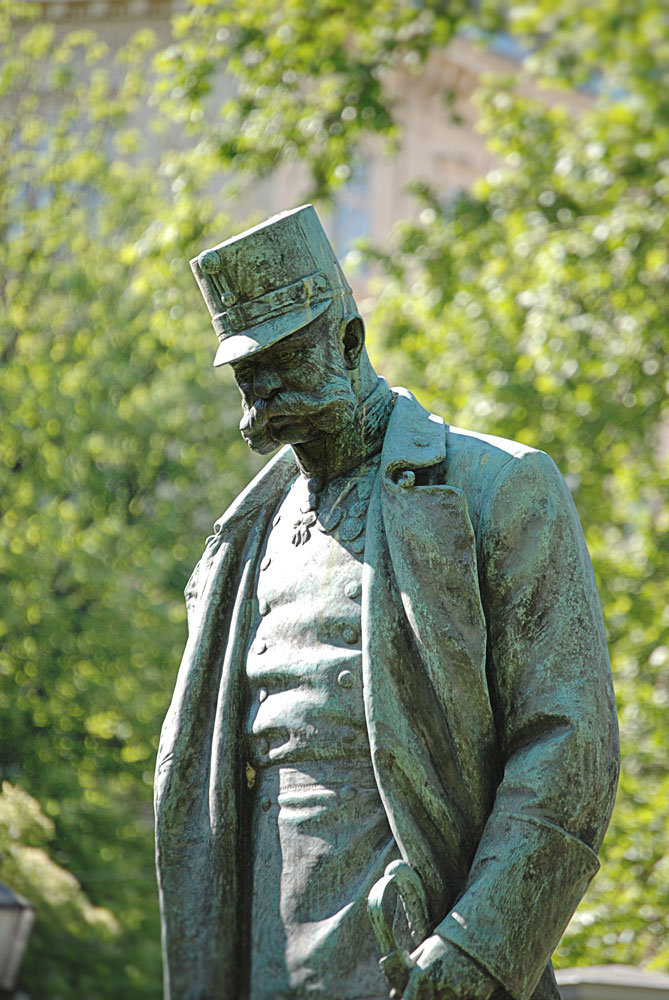
The frankfurter also became popular abroad – but be careful here! Due to their Viennese heritage, they are known as “Wiener Würste” (Viennese sausages) in other places. So when you hear the terms “Frankfurter” and “Wiener”, they actually refer to the same type of sausage.
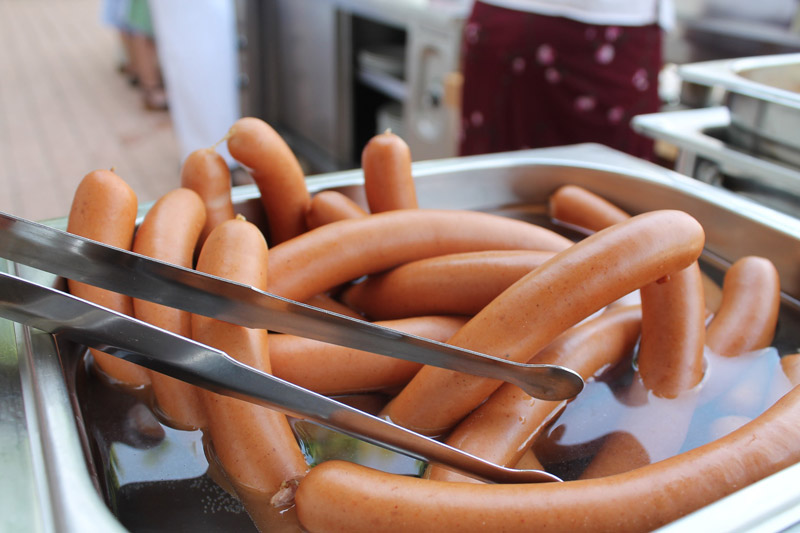
Vienna’s First Sausage Stand
The first Vienna sausage stand was founded in 1928 by Leopold Mlynek Senior and was operated as a wagon back then. As “Würstelstand Leo”, it is still part of Vienna’s cityscape today and is now located at Döblinger Gürtel 2.
The sausage stands in their present form only came into being in the 1960s, when fixed stands were first allowed in Vienna. Many sausage stands in Vienna’s city center are open until late at night, and therefore became particularly popular with night owls and cab drivers. At this time of night, they were basically the only way to get a quick meal before other popular fast food offerings such as kebap stands started to emerge in the 1980s.
Do you know why sausages cooked at a sausage stand always taste better than the ones prepared at home? The reason for this lies in the kettle’s cooking water. At a sausage stand, it’s always saturated with salts, fats, and flavorings from other sausages, which results in an inimitable aroma.
To this day, the sausage stand is a meeting place and melting pot for all social classes. Whether worker or manager, everyone is equal at the sausage stand – then as now.
The traditional sausage stand offer usually consists of Burenwurst, Käsekrainer, Frankfurter (Viennese sausage), Bosner/Bosna, Waldviertler, Debreziner, Hot Dog, Leberkäse, mustard, horseradish, ketchup, and bread as well as drinks such as beer and non-alcoholic beverages. Other side dishes include pickled vegetables like mildly spicy peppers, cucumbers, and pearl onions, as well as rollmops and Manner wafers.
Are you already confused by all these Austrian names? Let’s take a look at the particular language spoken at the Vienna sausage stands and learn how to order like a real Viennese.
The Strange Language at the Würstelstand
Even if German is your mother tongue, some of the expressions you hear at the Viennese sausage stand might confuse you. Do you understand, for instance, what “a Haaß” with a “Sechzehner Blech” means?
To shed light on those unique terms, we have created a short “Wiener Würstelstand” dictionary for you:
Eitrige – Käsekrainer, a sausage filled with cheese
Haaße – Burenwurst
Bugl – Scherzerl/Brotanschnitt, the crisp side of a piece of bread
Krokodü – Salzgurke, pickles
A Öliche – Pfefferoni, mildly spicy chili pepper
Glasaug’ – Perlzwiebel, pearl onions
A Schoafa – scharfer Senf, spicy mustard
A G’schissener – Süßer Senf, sweet mustard
Sechzehner-Blech – Eine Dose Ottakringer Bier, canned beer from the Ottakringer brewery
So if someone orders “a gschissene Eitrige’’ with a “Buckel” and a “Sechzehner-Blech”, you now know what all the fuss is about!
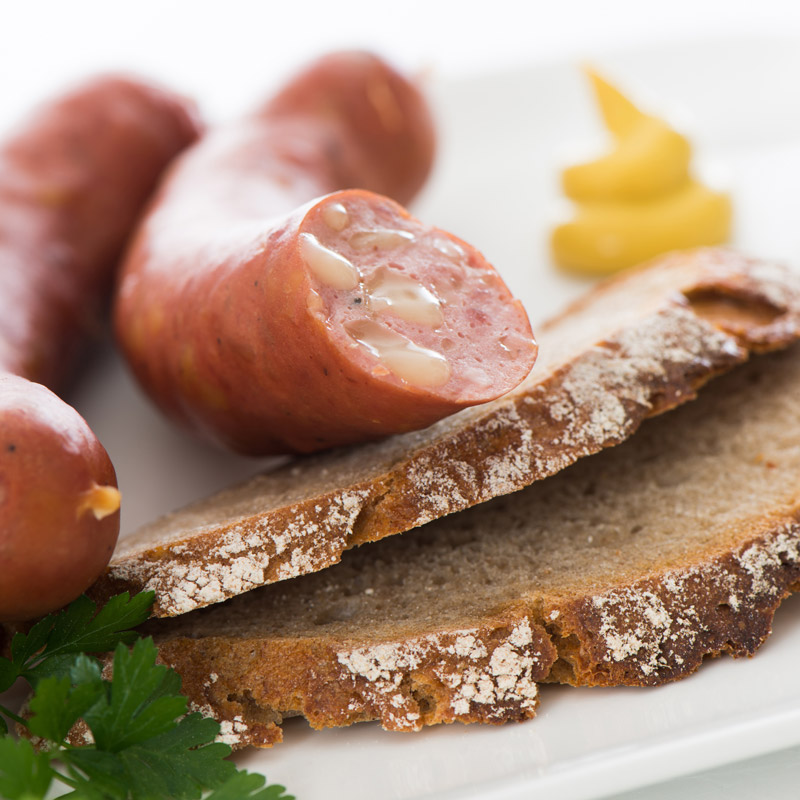
Our Top 4 Würstelstand Recommendations
If you are now wondering which Wiener Würstelstands you should definitely visit, we have created a list of our favorites for you:
Würstelstand Leo
Address: Döblinger Gürtel 2, 1190 Vienna
As mentioned above, Würstelstand Leo is the oldest sausage stand in Vienna and is still family-run by third-generation owner Verena Tondl. Leo’s specially created giant Käsekrainer, which goes by the name of “Big Mama”, is, particularly in demand. The “Big Mama” fills up to four people and is elegantly served on a tray, garnished with homemade sauces, pastries, and side dishes.
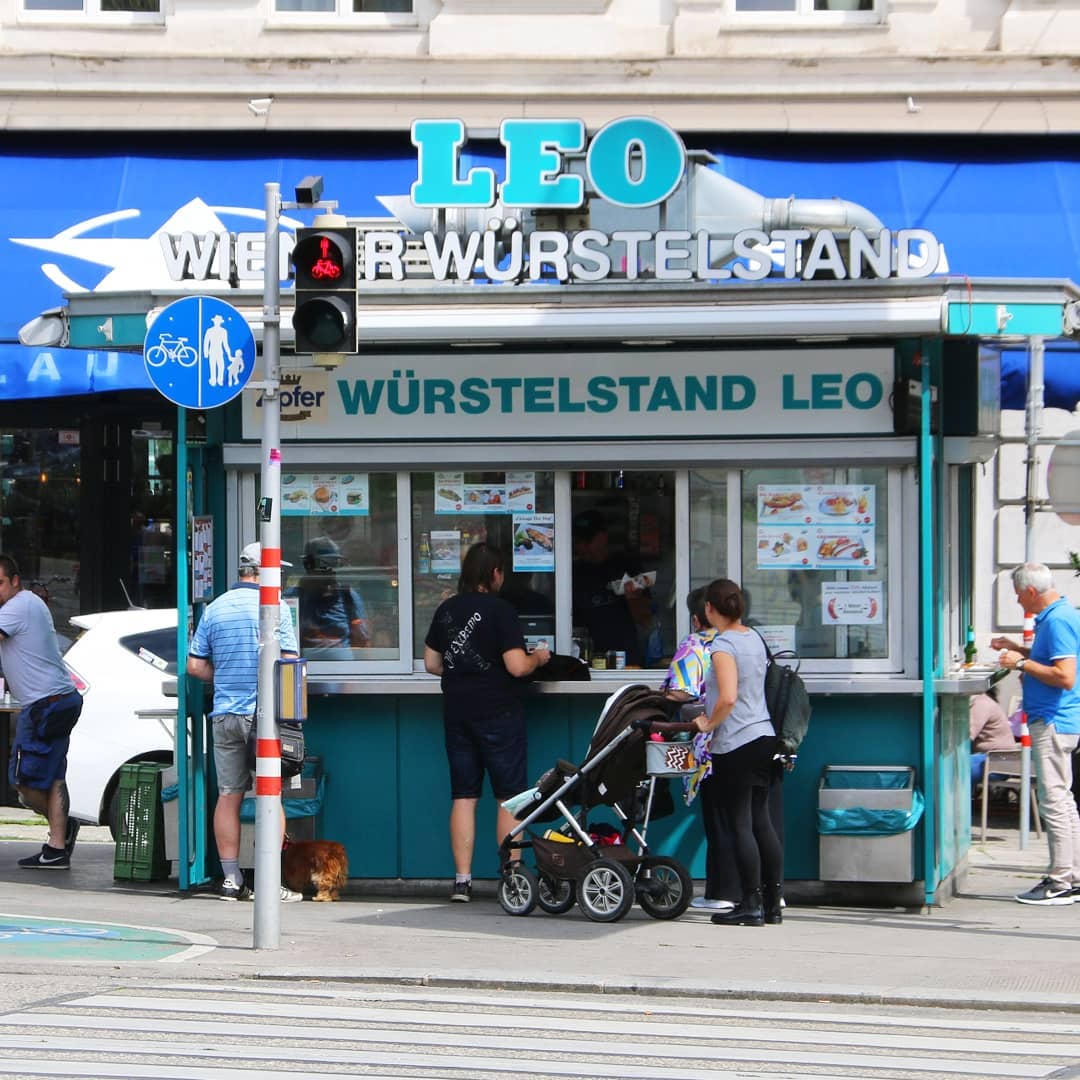
Photo credit: @wurstelstandleo
Bitzinger at Albertina
Address: Albertinaplatz 1, 1010 Vienna
Bitzinger might be one of the most popular sausage stands in Vienna, and it is often frequented by visitors to the neighboring opera. It is also very popular with tourists, which is why it can happen that you have to wait patiently in line. Bitzinger is even striving for UNESCO Intangible World Heritage status and has won several awards in the past. Our tip: Grab your Bitzinger order and enjoy it in the beautiful Burggarten next door.
Kaiserzeit Würstelstand
Address: Augartenbrücke, 1020 Vienna
When it comes to sausage stands, Würstelstand Kaiserzeit is as fancy as it gets. The gourmet of Vienna’s sausage stands has champagne on the menu, and all sausages are sourced from an artisanal butcher. This makes it the place to be for sausage connoisseurs. Beyond sausages, they also offer other dishes such as a tasty goulash or sardines served on a slice of homemade bread. Tip: Besides beer, they also have the popular ‘’Spritzer’’ on offer (white wine and soda water), a rarity at sausage stands.
Wiener Würstelstand
The latest addition to the sausage stand scene is simply called Wiener Würstelstand and can be found at Pfeilgasse 1 at the corner of Strozzigasse in Vienna’s 8th district. The stand stood empty for some years before Michael Lanner and Stefan Sengl brought it back to life in 2019. This is the only organic certified sausage stand in town. And their sausages mostly come from organic farmers in Lower Austria. Their bread is organic as well, they have a huge variety of veggie and vegan sausages, and they don’t use aluminum cans or PET bottles. Our tip: Try the vegan “Bosna” made out of mushrooms!
We hope you didn’t get too hungry while learning all about Vienna’s sausage stands 😉. If you try out some of our recommendations or have other favorite “Vienna Würstelstände”, let us know in the comments below or message us on Facebook or Instagram.
For more original Vienna sausage stands, check out this article here!
Featured image: @gnewheart

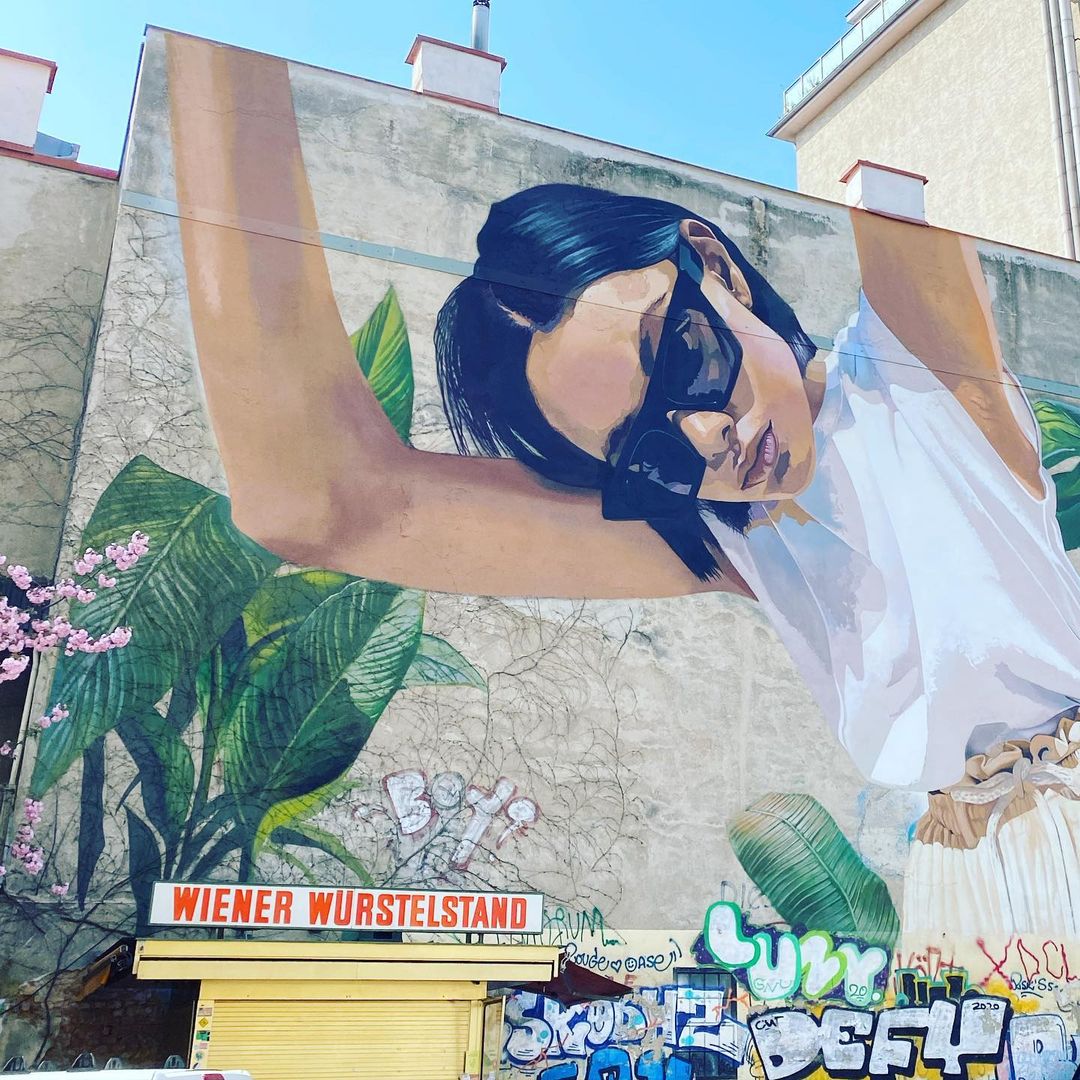
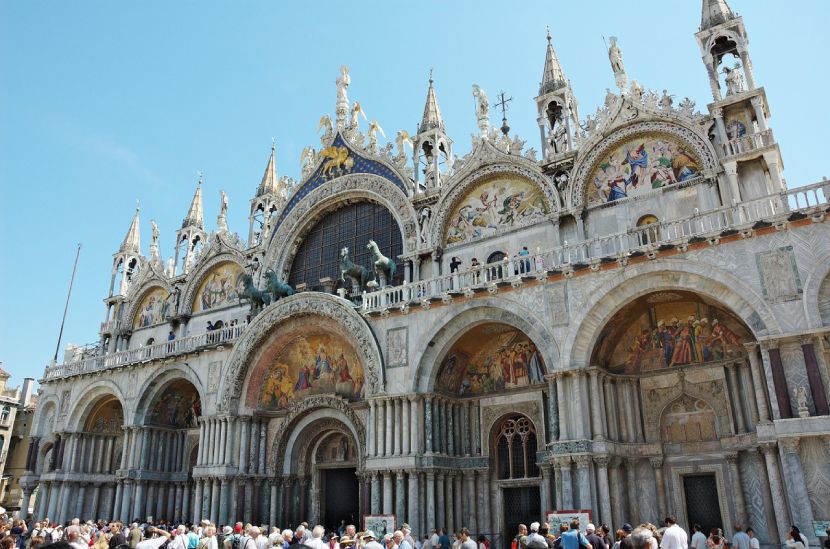

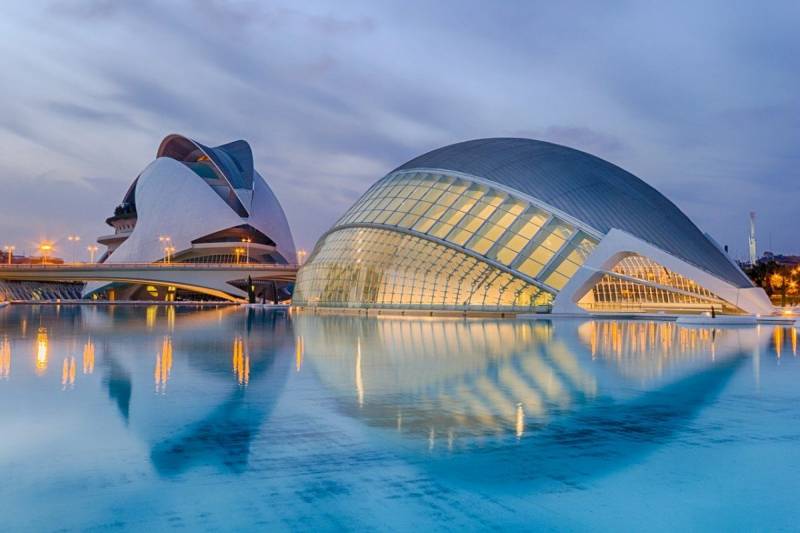
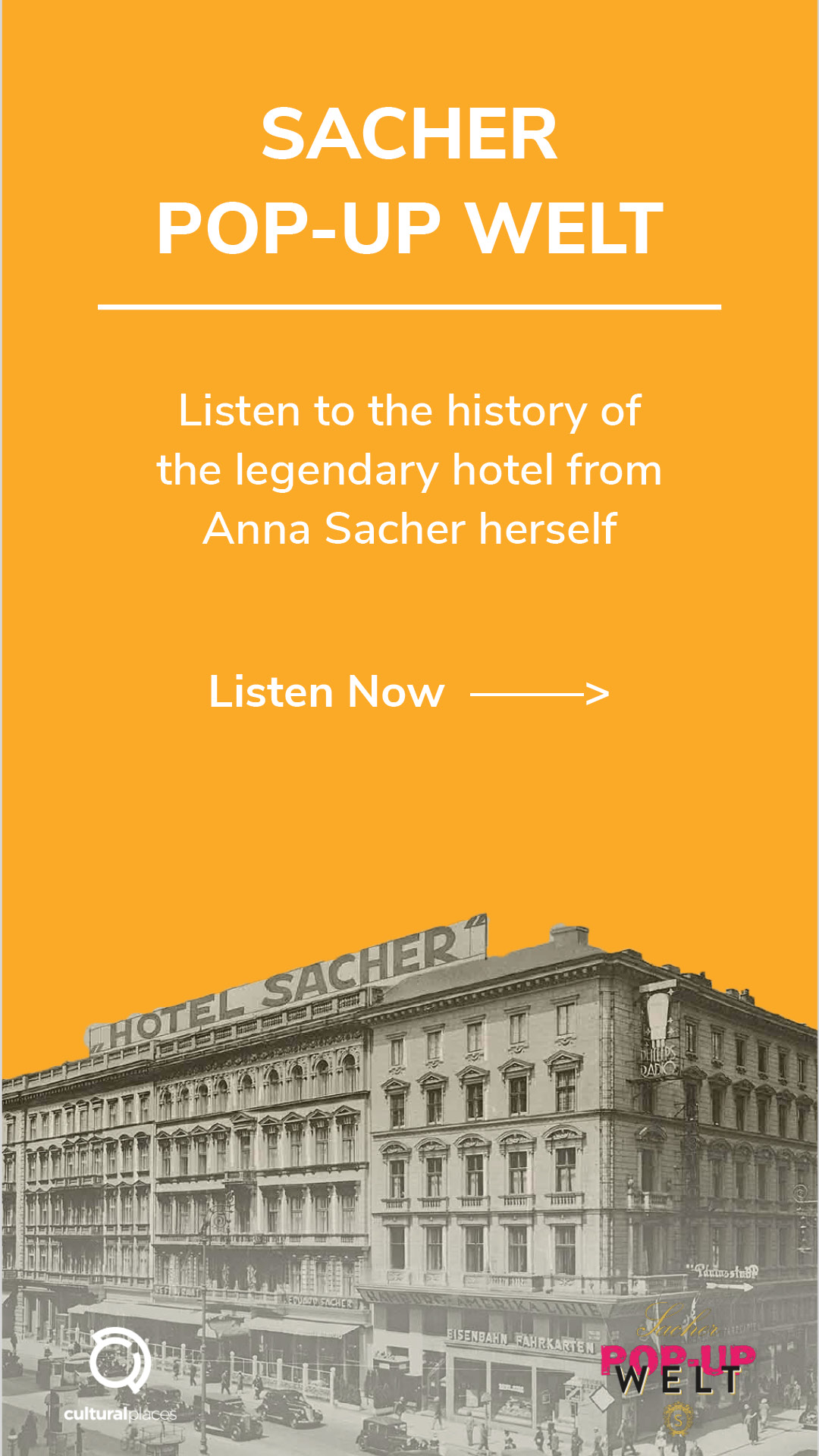
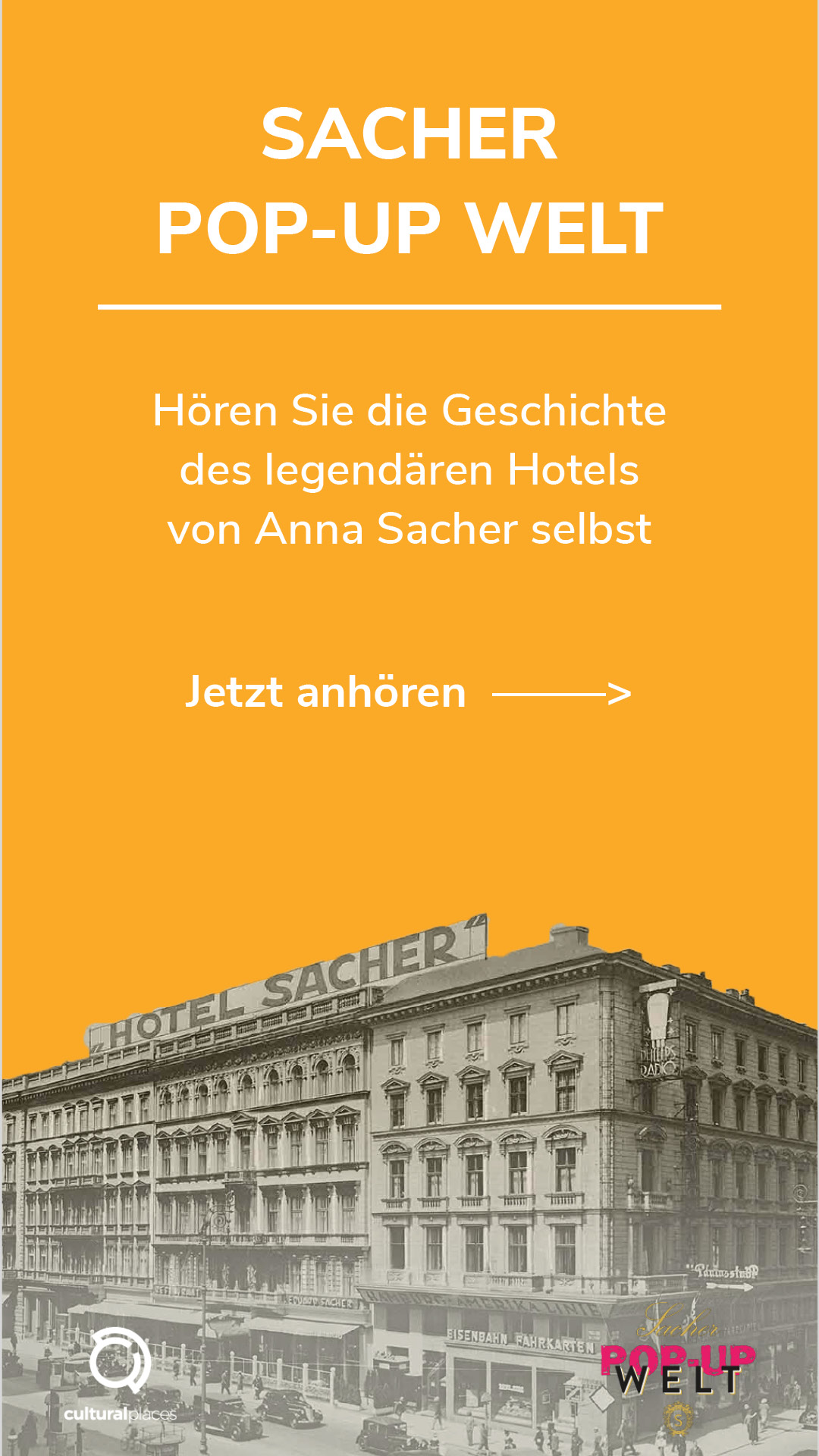
I must say, this is an appetizing post! I had no idea Vienna’s street food culture was so popular; all I’d read about it were its landmarks and attractions. This was quite different from the previous Vienna-related posts I had read.